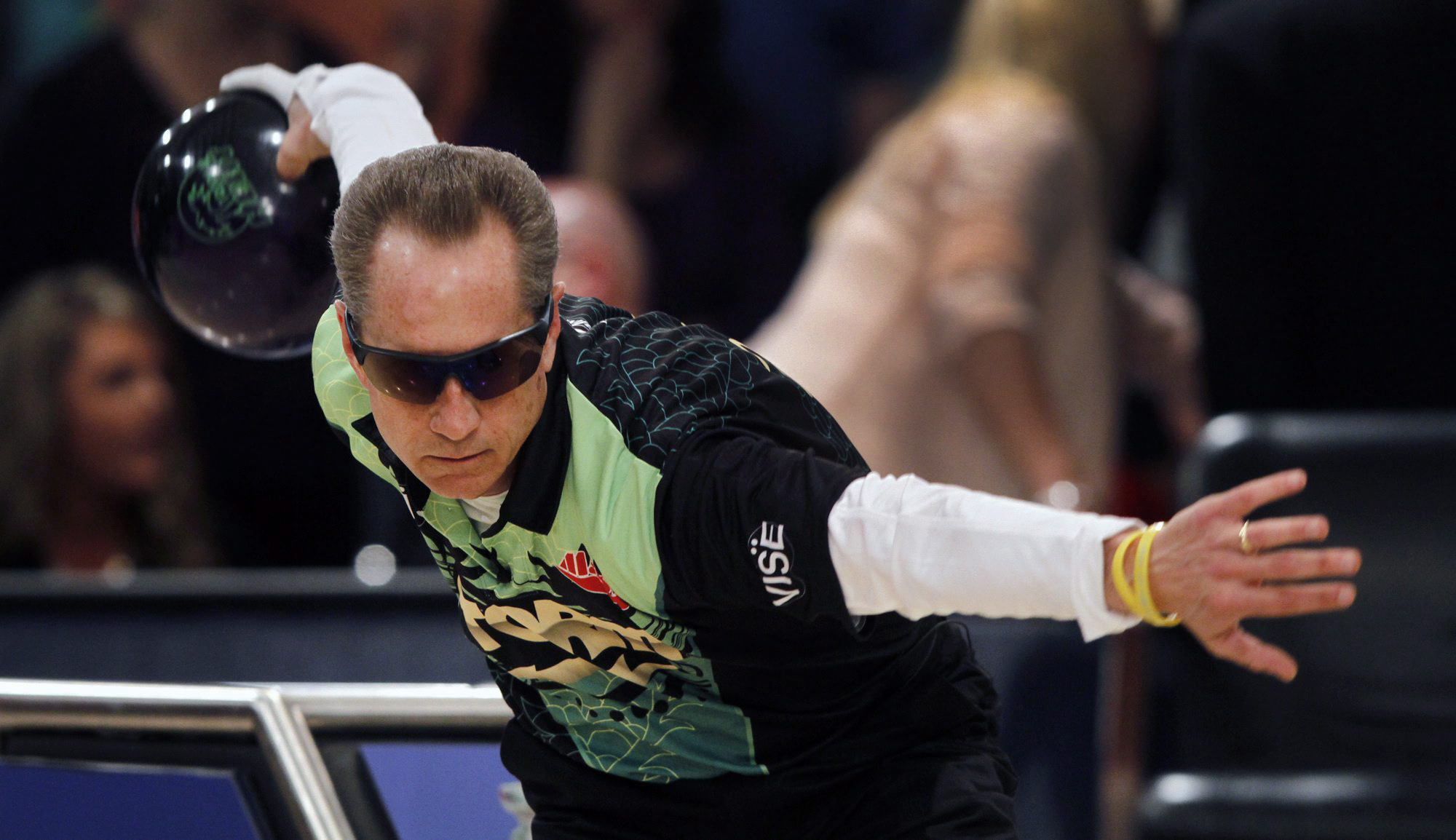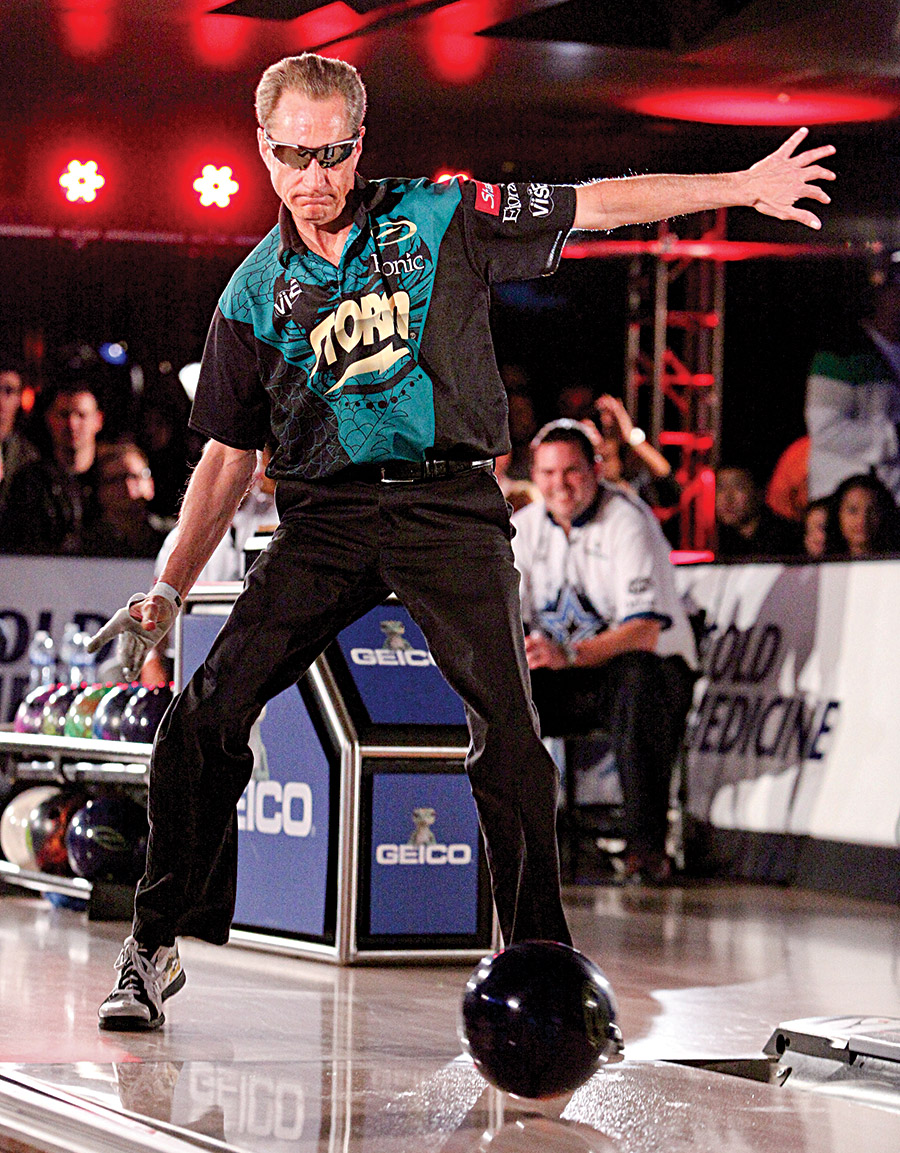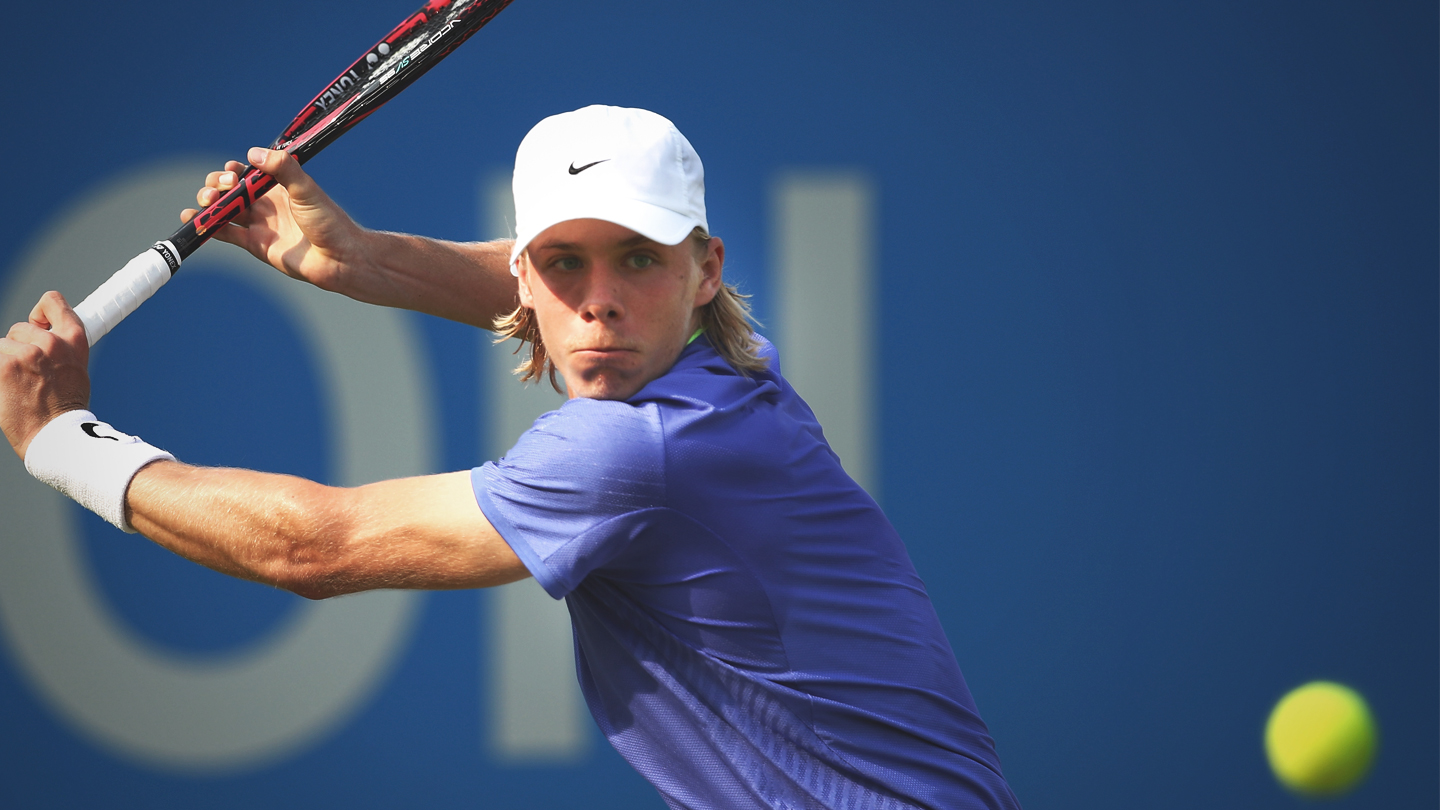He stands at the back edge of the approach, his attention focused on the 60 feet of lane in front of him. His right hand, in a skin-tight, thumbless black glove, hovers above an air vent at the back of the ball return like a bird in an updraft before finding its way to the 15-pound ball cradled against the left side of his chest. His talent, lineage and the pro wrestling–tinged persona that comes out on TV have long made him the biggest draw on the tour, and even in qualifying he attracts a small crowd. His TV trademarks — dark sunglasses, liberal use of swears and a D-Generation X–inspired crotch chop — are a big part of the appeal, but there’s a harder-to-define excitement to watching him. Weber is the undisputed face of bowling — which makes him the king of a vastly diminished empire.
Bowling was once a big, booming, mainstream sport with a network TV deal and legions of fans. That’s no longer the case. But it still has a devoted following, a star system and dreams of returning to the big time, and in that world, no figure looms larger than Weber. Easygoing and affable, with a buzzing Missouri drawl and a thin-lipped smile, he’s also short-tempered and more than a little intimidating. The combined effect can be hard to pin down, but in one respect he’s entirely transparent: Weber is a creature of pure competitive drive. He is the one bowler who can coax the remote out of your hand and demand your attention, and in the PBA’s ongoing fight for relevancy, his ability to be captivating and polarizing, and to entertain, has been vital.
To diehards, Weber is also distinguished by technique, though apart from the few PBA pros who throw two-handed from the hip, the variations in approach and delivery on the tour are fairly subtle. Weber’s signatures are his backswing and release. The backswing — a fluid arc that flashes the ball high into the air behind his head — was considered a minor act of rebellion when he first appeared on the tour in 1979, its height dismissed as unsustainable. Coming up on 34 years later, it’s stood the test of time and inspired a wealth of imitators, but the release is still something truly unique. “I’m telling you, it’s fun to watch Pete Weber when he’s got everything going,” says Norm Duke, who’s third on the PBA’s career titles list. “You don’t only get the physical ability and the nucleus of sound fundamentals, you have a delicacy at the end, like a dessert at the end of a good meal. You get cheesecake with him.”










